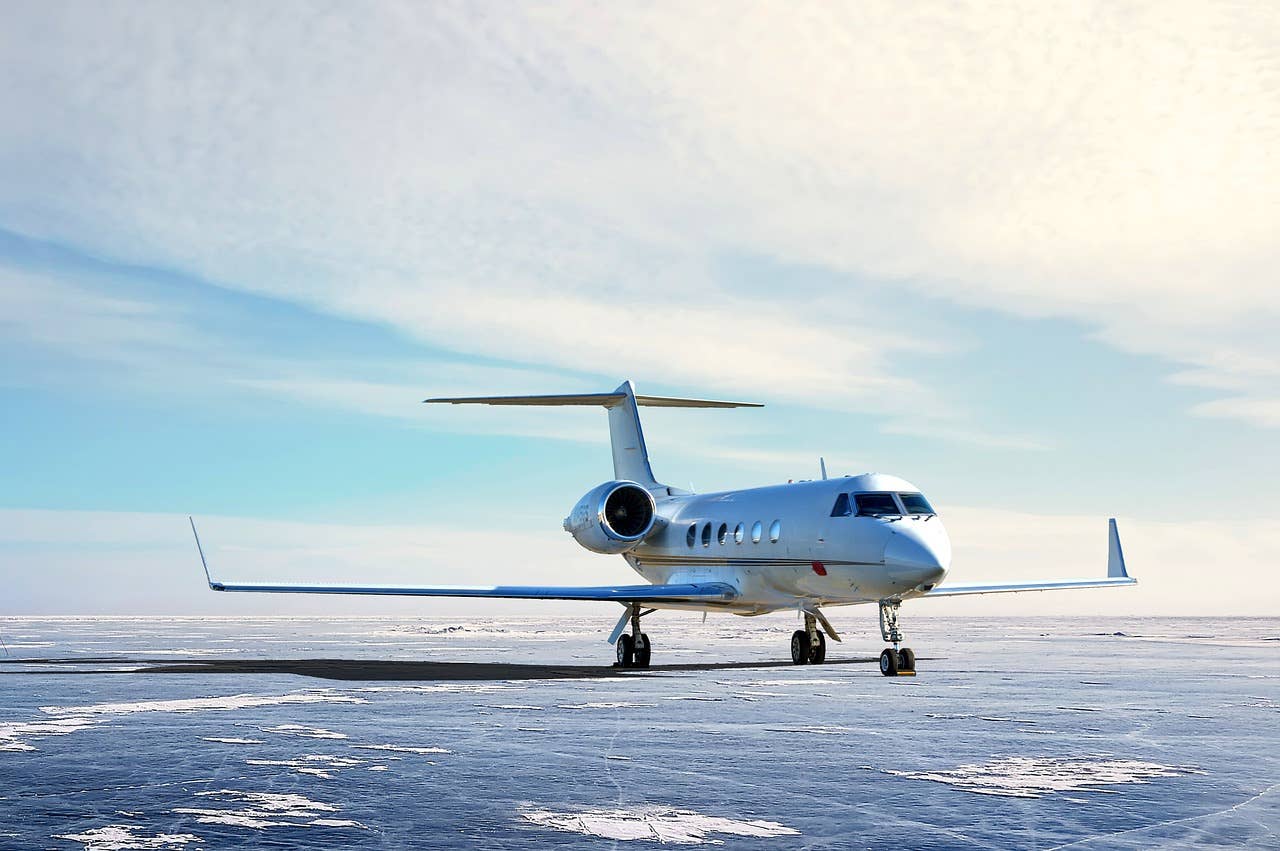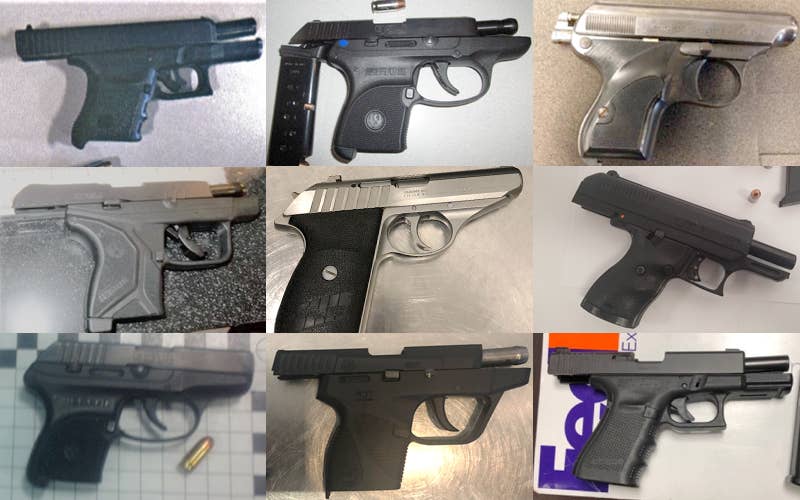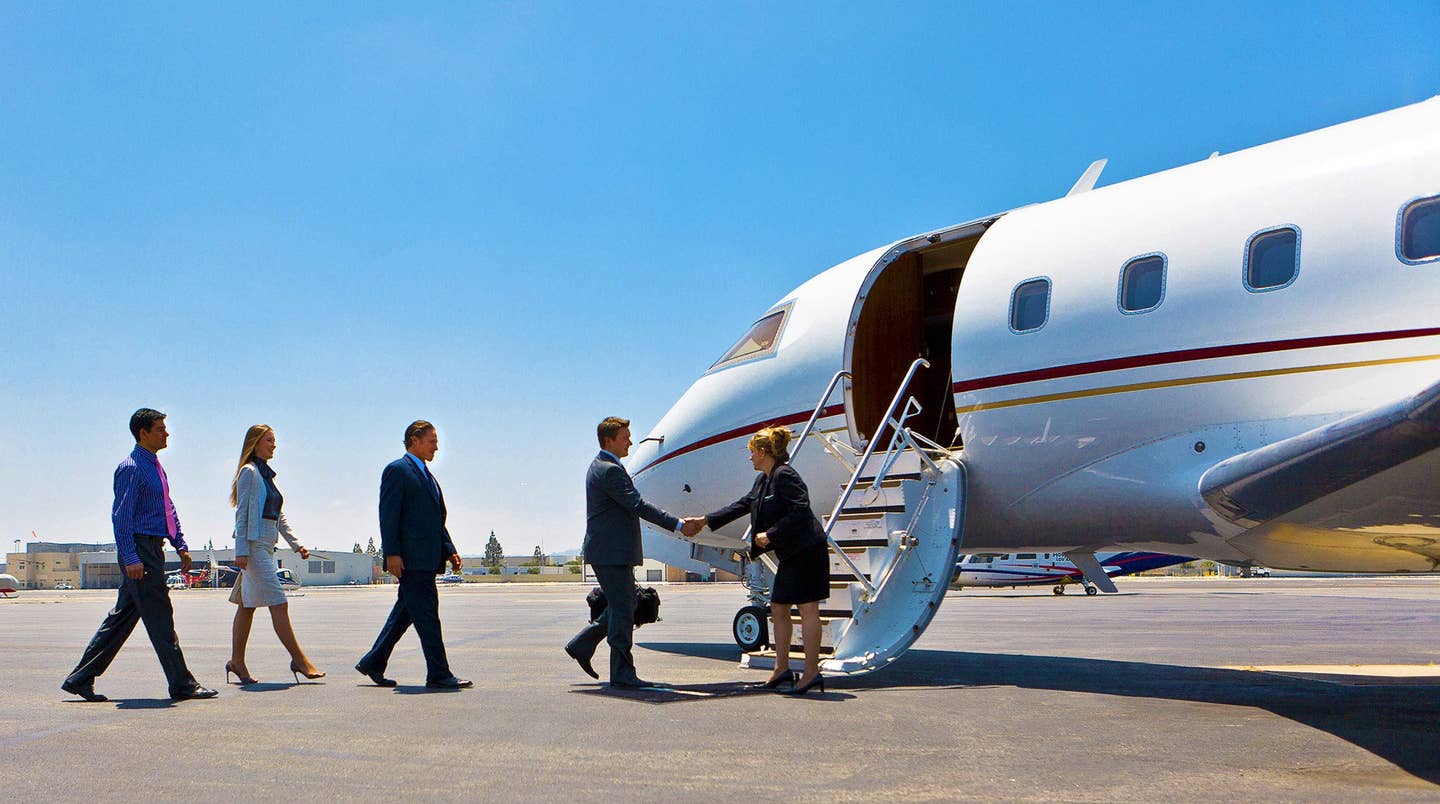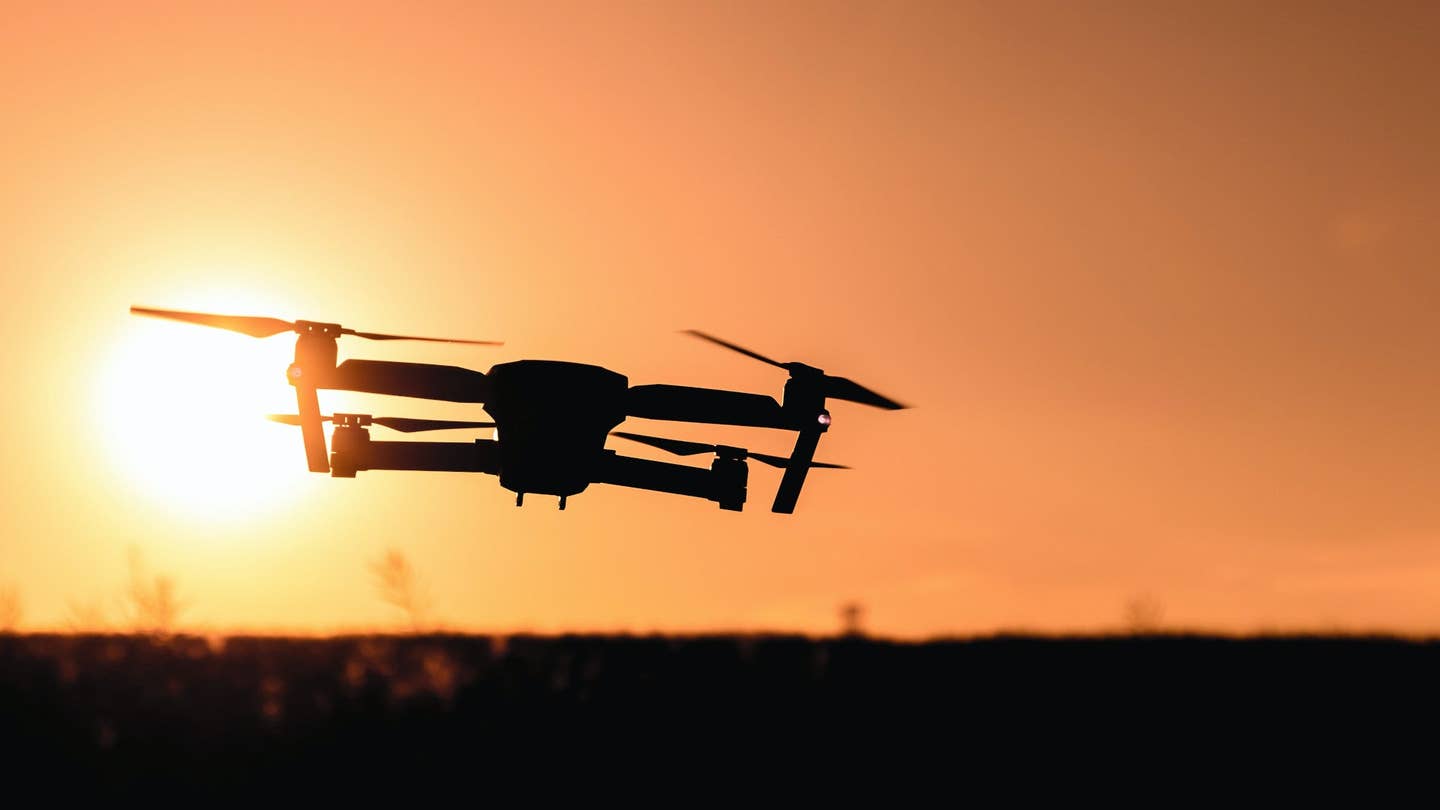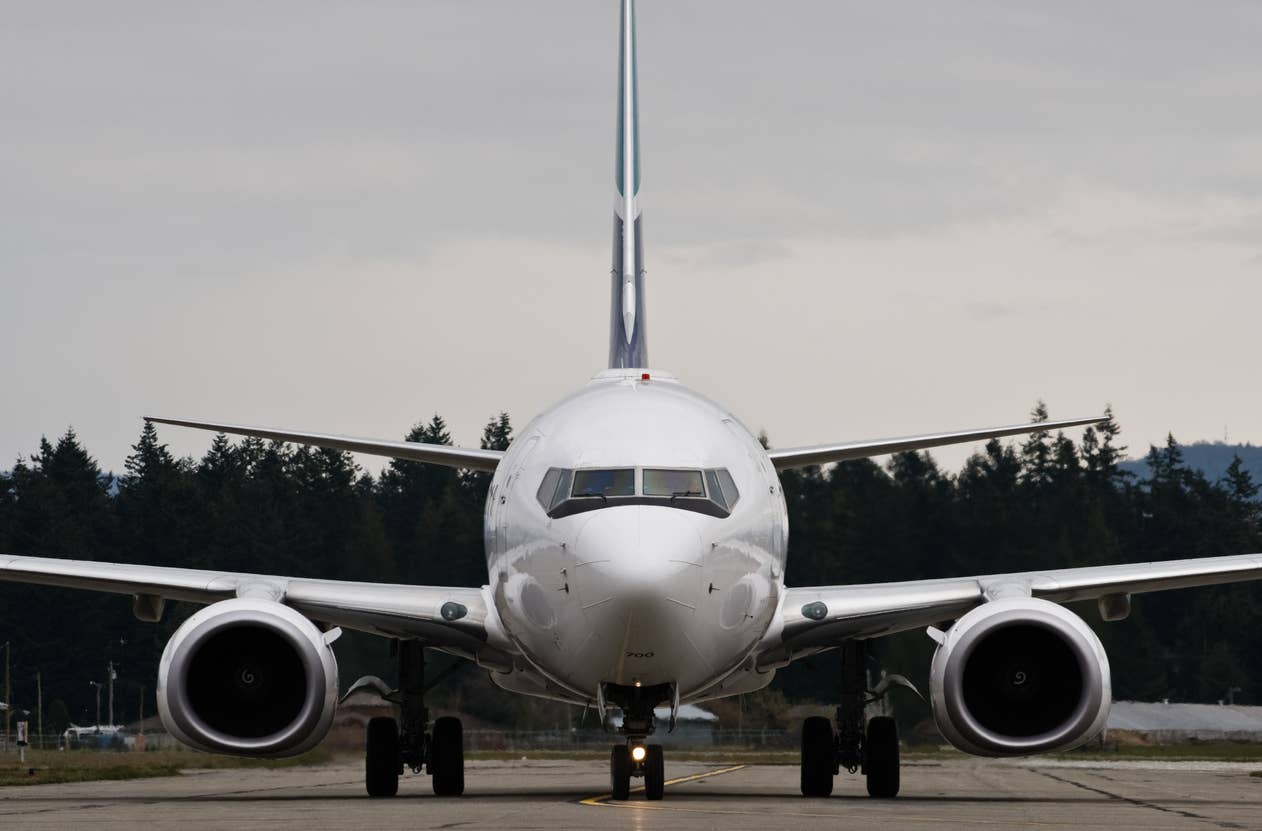
A Boeing 737 taxis to a ramp. [Credit: JeffBoughPhoto]
“Ratings” differ slightly from licenses, but ultimately both are required pieces of documentation proving you’re eligible to be flying a given aircraft. As the name suggests, multiengine ratings are for pilots looking to fly aircraft with more than one powerplant, and can be earned by both private and commercial pilots.
All major airliners are multiengine aircraft, making the rating a prerequisite for anyone seeking an airline transport pilot certificate. Though safer in some ways, aircraft with multiple engines can be a lot more difficult to control, especially after an engine failure.
Most of the flight instruction conducted over the course of training for the multiengine rating requirements is related to control and what to do if an engine does fail. So, let’s explore more about how to earn a multiengine rating as a pilot.
What Is a Multiengine Rating?
A multiengine rating is an FAA-approved additional certification that qualifies pilots to fly aircraft with more than one engine. Both private pilots and commercial pilots need to obtain this rating on their respective certificates before operating a multiengine aircraft.
What Does a Multiengine Rating Do?
The multiengine rating serves as regulatory proof that a pilot is qualified to operate a given aircraft that has more than one engine.
Why Should I Get My Multiengine Rating?
Anyone who is aspiring to become an airline pilot should already be reviewing materials and studying in the background for their multiengine rating, but it’s not only for individuals looking to fly Boeing 737s, 747s, Airbus A320s, or other transport-category aircraft.
Many private pilots also operate lighter multiengine aircraft, such as a Piper Aztec or Cessna 310, as private pilots may carry as many passengers as legally allowed on an aircraft, so long as it’s for leisure and not pay.
Most commercial pilots who plan on carrying passengers--as opposed to those whose operations may not require a heavy payload--should also consider getting this rating, as it qualifies the pilot to fly many additional types of aircraft for compensation or hire.
5 Steps for Earning a Multiengine Rating
Both private pilots and commercial pilots can fly multiengine aircraft after earning the rating, and no official written examination is required for either. Pilots (private or commercial) technically only need to pass their check rides to earn the rating, though plenty of preparation is needed to pass. However, you may need a certain amount of flight time in a given model of airplane in order to meet insurance requirements to rent one for a solo flight after you pass the check ride.
If you hold an instrument rating, you will also need to demonstrate instrument approach procedures while flying on one engine as well as with both engines operating.
Step 1: Earn Your Private Pilot Certificate
Before adding any ratings, which are often referred to as add-ons, you must first earn your private pilot certificate. The basic requirements for the private pilot certificate are:
- Be proficient in English
- Be at least 16 years old
- Pass a third-class medical exam
- Pass an FAA written exam
- Pass a check ride with an in-flight examiner
If adding a multiengine rating to your commercial certificate, you must also take the necessary steps to become a commercial pilot first. The rest of these requirements are the same for both private and commercial pilots looking to add on their multiengine ratings.
Step 2: Make Sure You Meet the Eligibility Requirements
Eligibility requirements for add-on ratings, like the multiengine rating, are the same as those for achieving a private or commercial pilot certificate. So, if you’re already a certificated pilot, you’ve already met the eligibility requirements if you’re adding the rating to your private or commercial certificate.
Step 3: Acquire Multiengine Knowledge
There is no written examination for the multiengine rating, so all proof of proficiency will be done during the check ride for the rating. However, there is a lot to be learned on the ground before taking to the skies in a multiengine aircraft!
Step 4: Enroll in Flight Training
The best way to gain the knowledge needed to pass a multiengine rating check ride is acquired during your flight training. You can technically be eligible for your multiengine rating the moment you’re eligible for your private or commercial certificate, but at least three of your logged hours must be in multiengine aircraft. However, most pilots need a significantly higher number of hours of training in the airplane in order to become proficient enough to pass the check ride.
If you hold an instrument rating, you will also spend time flying instrument approaches in the airplane, with both engines operating as well as on one engine.
Regardless of whether you’re going back to school for your multiengine rating and have never flown a multiengine aircraft, or you have some time logged already, you must complete three hours of test preparation in the airplane before you are eligible for a check ride.
Step 5: Pass Your Check Ride
The next step is to pass your check ride with a designated pilot examiner. As flight on two engines doesn’t differ all that much from single-engine flight when things are going well, rest assured that a large portion of the multi-engine rating requirements for the check ride involve operating the aircraft with one or more engines at a reduced power setting or at times with the propeller feathered and the engine shut down.
Similarly, on your check ride, you will spend most of the time demonstrating your understanding of flight on one engine. If you have an instrument rating, you will also need to show the examiner that you can fly selected instrument approaches single-engine, as well as with both engines operating.
More Engines, More Fun!
For anyone who aspires to fly everything under the sun, a multiengine rating is a literal must, and for anyone who wants to fly for the airlines, it’s a requirement except in very special cases. For individuals who may own or share a single-engine aircraft, pursuing a multiengine rating increases your overall aviation knowledge and allows you to say “yes” if ever the opportunity to fly a bigger airplane comes your way!
For more information on ratings, certificates, and everything else regarding the wonderful world of aviation, subscribe to the FLYING print and digital magazine.

Subscribe to Our Newsletter
Get the latest FLYING stories delivered directly to your inbox


